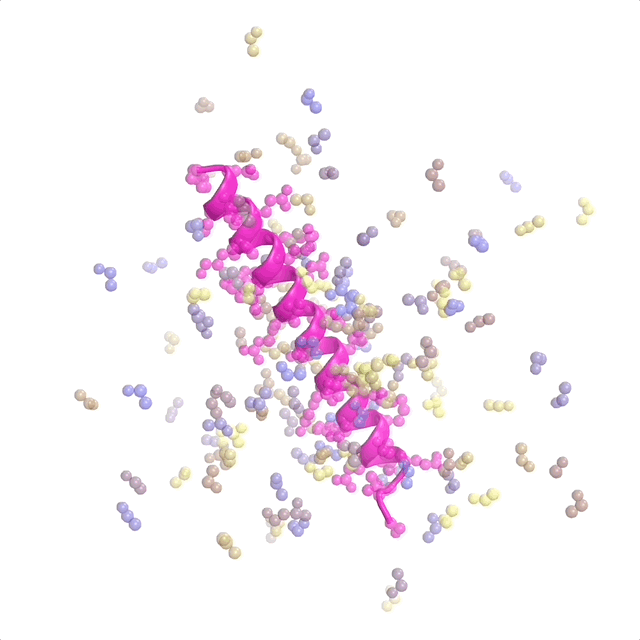A VERY simple introduction to AI in 500 Words
Introduction.
To understand Artificial Intelligence (AI), we must first recognise the factors that make humans intelligent. When a human is born, they have almost no knowledge about the world around them. As our brains develop, we gradually build an increasingly complex internal model of the external world. This model allows us to reason about our surroundings and ultimately exhibit intelligent behaviour. But how exactly does our brain construct this model?
The leading theory suggests that our brain continuously tries to predict the next sensation that it will see, hear, smell, taste, or feel. The brain is rewarded for correct predictions and adjusted for incorrect ones, which teaches it to recognise patterns in the world around it. For example, if I hear a barking sound, I am likely to see a dog. If I learn to recognise this pattern, then I can correctly predict that a dog may be nearby upon hearing a bark. By recognising billions of these patterns, our brain builds an increasingly sophisticated model of the external world.
AI works in a similar way. An AI system is a computer program that consumes vast quantities of data in order to learn an internal model of the external world. AI systems are trained to predict the next piece of data that they will receive, being rewarded for correct predictions and adjusted for incorrect ones. As an AI system can process data much quicker than a human, they rapidly develop an understanding of the world which accounts for subtle patterns that humans are unable to notice. This has a number of practical applications, three of which are listed below.
Application 1 - Cancer Diagnosis:
Medical scans visually represent the interior of a patient’s body, which can help doctors to determine whether or not they have cancer. By showing an AI system thousands of medical scans, it can learn to recognise subtle patterns that only appear in the cancerous scans. As such, AI systems can help radiologists to make more accurate diagnoses by highlighting signs of cancer that a human might struggle to notice.
Application 2 - Drug Discovery:
The human body is unimaginably complex, making it hard to identify and design effective drugs. Even proteins (the building blocks of cells) behave in ways that scientists struggle to predict. By showing an AI model thousands of examples of proteins, it can learn to recognise the subtle patterns that govern their behaviour. The AI model can then use this knowledge to design new medicines, which humans might have struggled to discover. For example, the animation below shows an AI system designing a new protein. It starts with a soup of disconnected amino acids (the building blocks of proteins) and gradually designs a protein that can bind to the target (pink) molecule.

Application 3 - Writing Poetry:
Writing Poetry: AI can even learn to perform creative tasks, such as poetry. For example, I asked an AI model (Claude-3) to write a short poem about a Welsh seaside village (Abersoch), and in a few seconds it wrote this.
In Abersoch, the salty breeze,
Carries laughter, sets souls at ease.
Seaside bliss, where worries fade,
Sun-kissed smiles, memories made.
Gif taken from Washington University Institute for Protein Design
May 2024